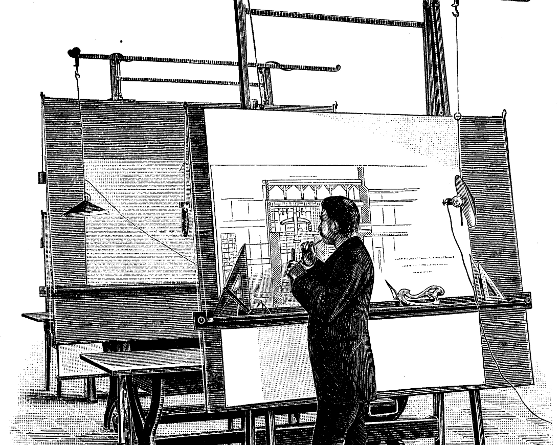The practice of architecture follows a curious business model. A painter’s work can grow in value over time (depending obviously on demand). A writer collects royalties, and if the reading audience grows, so do his or her advances. A businessman’s business can increase in value as sales increase. If a start-up is successful, it can hope for a buy-out. But for the architect every new commission is, in effect, a fresh start—a new client, a new program, a new site. Every project is a custom job; there are no real economies of scale. A particularly successful building design cannot be repeated—there are too many variables. In an age of mass production, architecture—even at the low end—remains a custom craft, like bespoke tailoring or luxury boatbuilding. It is true that star architects can charge higher fees, but spending more time on design—which a star office is required to do—can soon eat up the premium. And star architects are obliged to compete for prominent commissions, which costs money, too. It is difficult for architects to benefit financially from their expertise—if a particular building is commercially successful, attracting shoppers, or tenants, or buyers, it does not benefit the building’s architect. He is busy looking for the next job.

